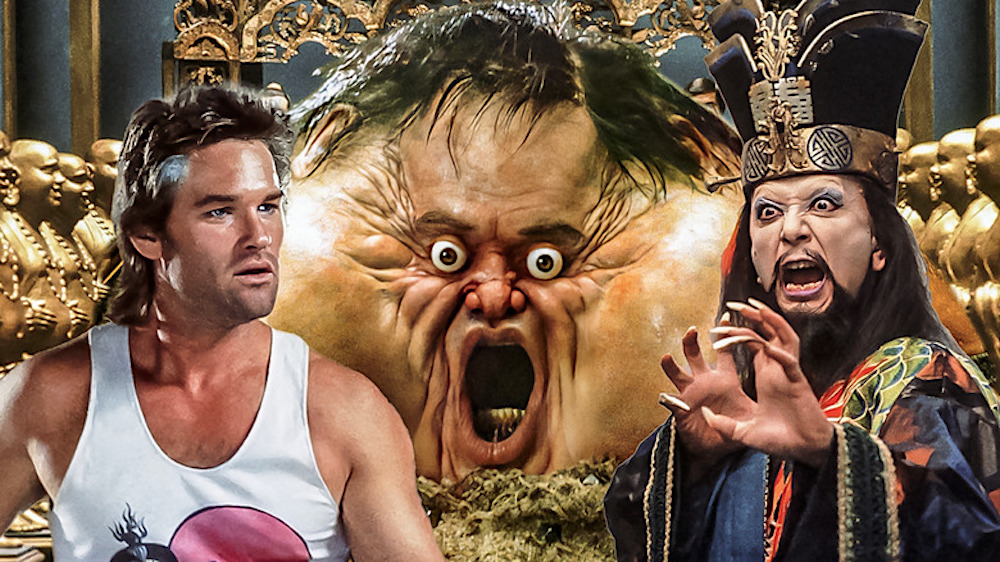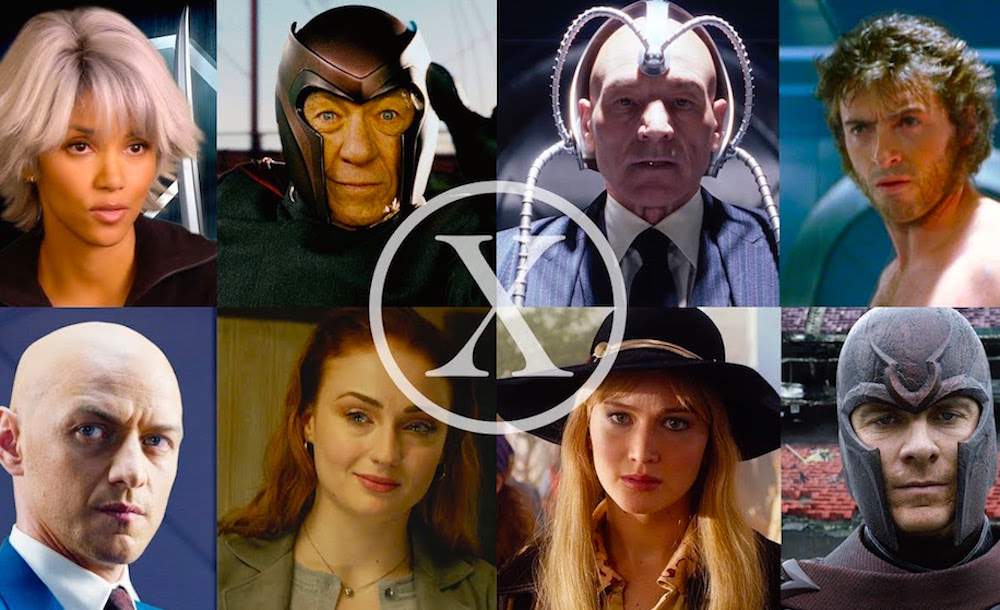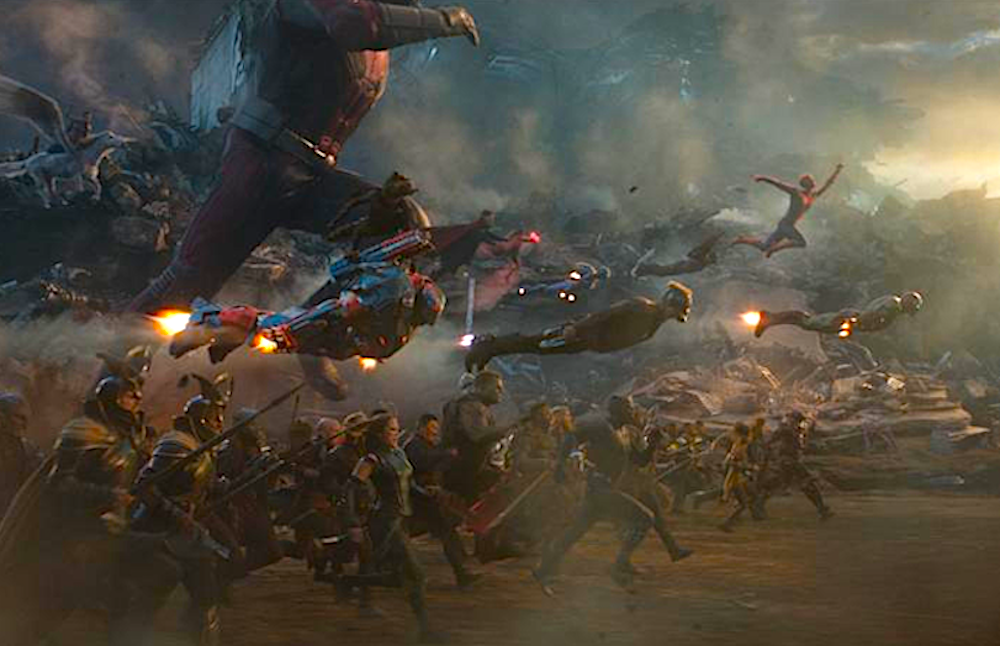August marks the 37th anniversary of the theatrical release of Big Trouble in Little China. An action/comedy released at the peak of John Carpenter’s notability as a genre-driven filmmaker. BTLC was an Independence Day weekend blockbuster, with Hollywood megastar, and frequent Carpenter collaborator Kurt Russell in the starring role.
Russell’s surrounded by a notable cast of Asian actors, including but not limited to Dennis Dun, Victor Wong, and the legendary James Hong.
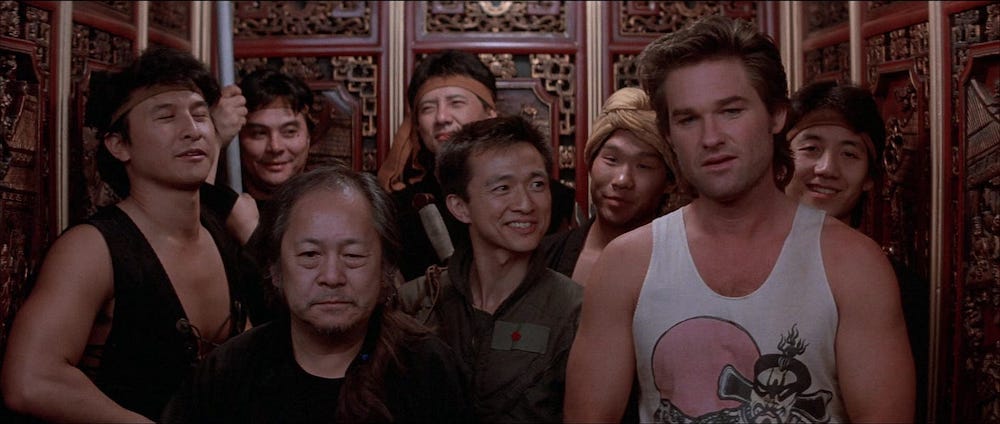
It is also notably one of Kim Cattrall’s early notable roles, before gaining peak recognition within the television medium playing Samantha on HBO’s Sex and the City. Given the film’s long-standing popularity with Carpenter and film fans alike, as well as maintaining a strong following for nearly four decades, one might think this was a 1980s summer megahit.
In fact, the film was a major box office flop.
Big Trouble in Little China remains a firm reminder of why John Carpenter remains disillusioned by the Hollywood system. Release on July 2, 1986, BTLC Fox killed the film before it was even released in theaters.
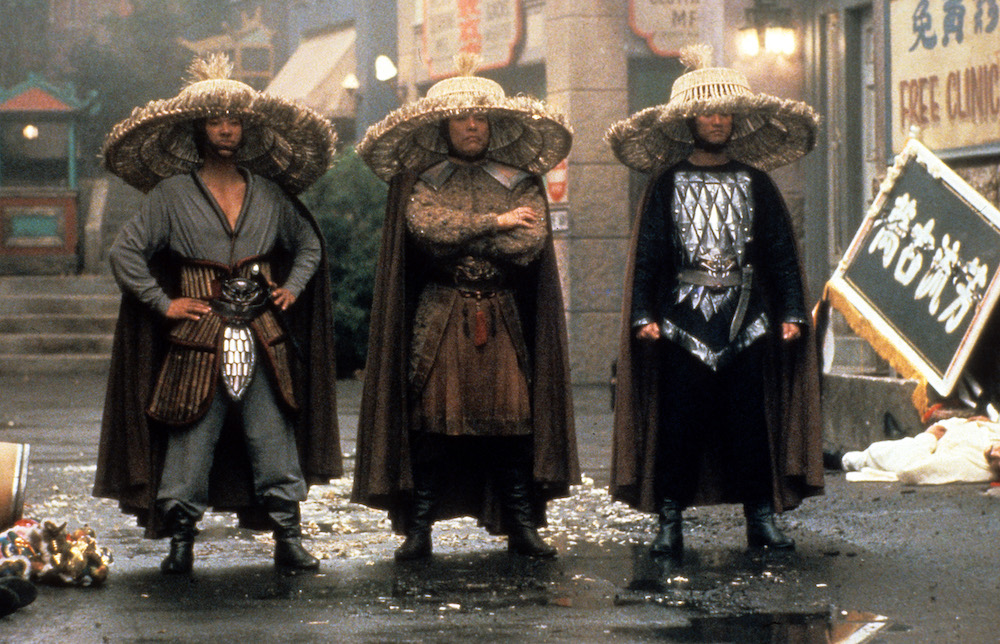
Carpenter hoped the film would be a major blockbuster for him. Sadly, this was not the case. Released just two weeks before James Cameron’s anticipated sequel Aliens, Big Trouble in Little China was doomed.
Fox placed all their chips on Aliens, a film guaranteed an audience because of the popularity of the first film, and that of the director as well. Fox dwindled the marketing, neglected to push it, and eventually, just settled on it being a financial disappointment that could likely become a tax write-off at the end of the year.
Carpenter never fully recovered from his disdain due to the injustice they delivered him on a film that to this day, he is clearly quite proud of. He delivered one more noted feature by the end of the decade, 1988’s They Live. A film that famously alludes to his disdain for the mainstream Hollywood system as well as his personal views on corporate culture.
By the 90s, he would sadly see a downturn on his resume but still maintained a solid following among his most devout fans. Big Trouble in Little China’s cult following was the product of the video store era, a time when word of mouth gave the film a chance.
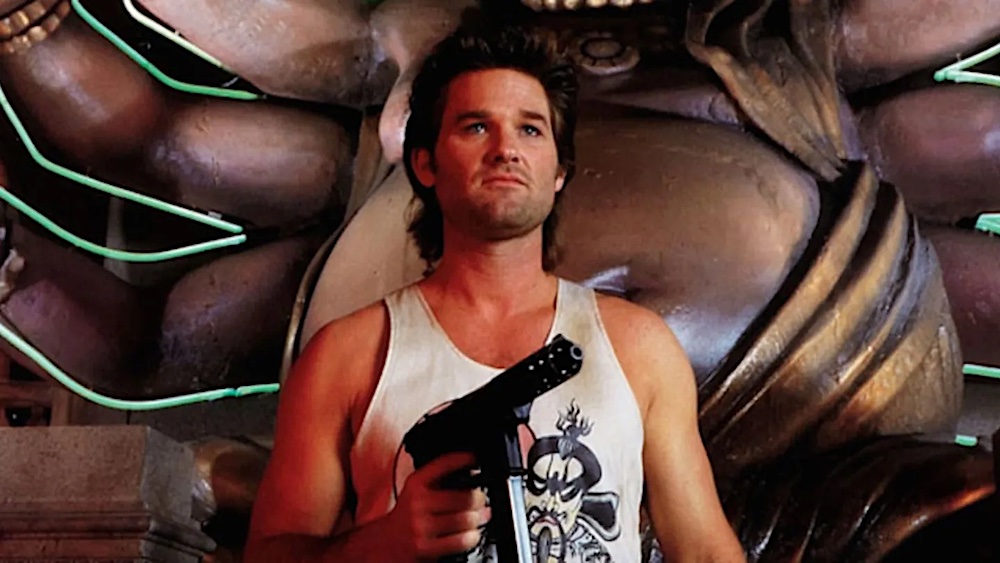
Carpenter crafted a blockbuster that gave visibility to Asian talent and culture at a time when Hollywood put them in the background of films, rather than featuring characters of Asian descent at all.
Big Trouble in Little China’s star is white and the romantic female lead is white. The protagonist, Jack Burton (Kurt Russell), may seem like the hero on paper, but Carpenter in fact took a very clever approach in the storytelling and character dynamics that flipped the script on this notion.
In Big Trouble in Little China, Jack Burton is the sidekick who delusionally believes himself to be the hero in the situation. Burton’s involvement in the conflict is the product of him simply tagging along and accidentally being thrown into the narrative adventure because he is owed money after winning a bet against his friend Wang (Dennis Dun).
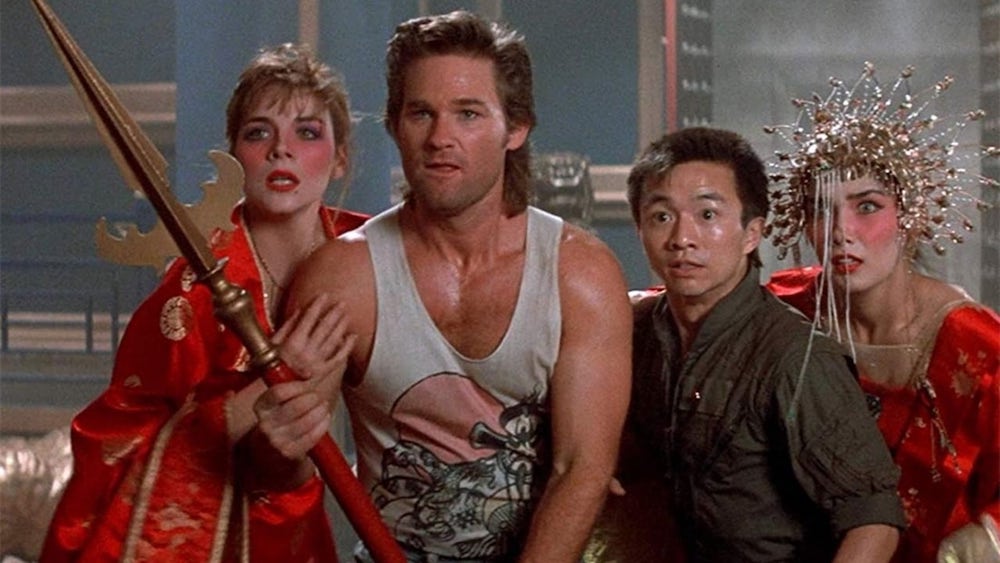
Burton wants to get paid, but to do so, he must now be involved in a mythical culture war in San Francisco’s Chinatown. Anytime he tries to take the lead he fails miserably, and even when he is simply following the lead of his Asian counterparts, he acts heroic in the most bumbling manner.
One moment that showcases this is in Big Trouble in Little China‘s final battle when a rock hits him in the head and he spends a fair portion of it passed out.
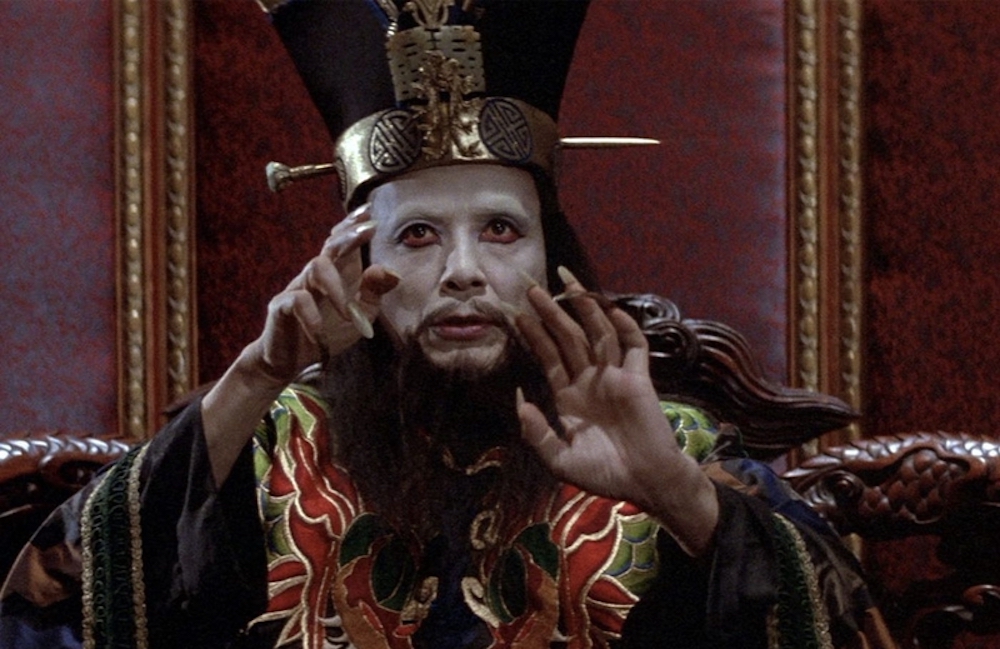
Carpenter let the film’s presentation sway its audience into thinking this was a Kurt Russell hero vehicle. He is actually just the comic relief. The bumbling, wisecracking sidekick. The true heroes are the Asian characters with a more personal stake in the fight.
Burton is simply the observer, invited to join in on the action. In the process he learns of customs and mythical traditions he has not a single clue about. Clearly, Fox did not feel this approach was marketable and let the film fail.


